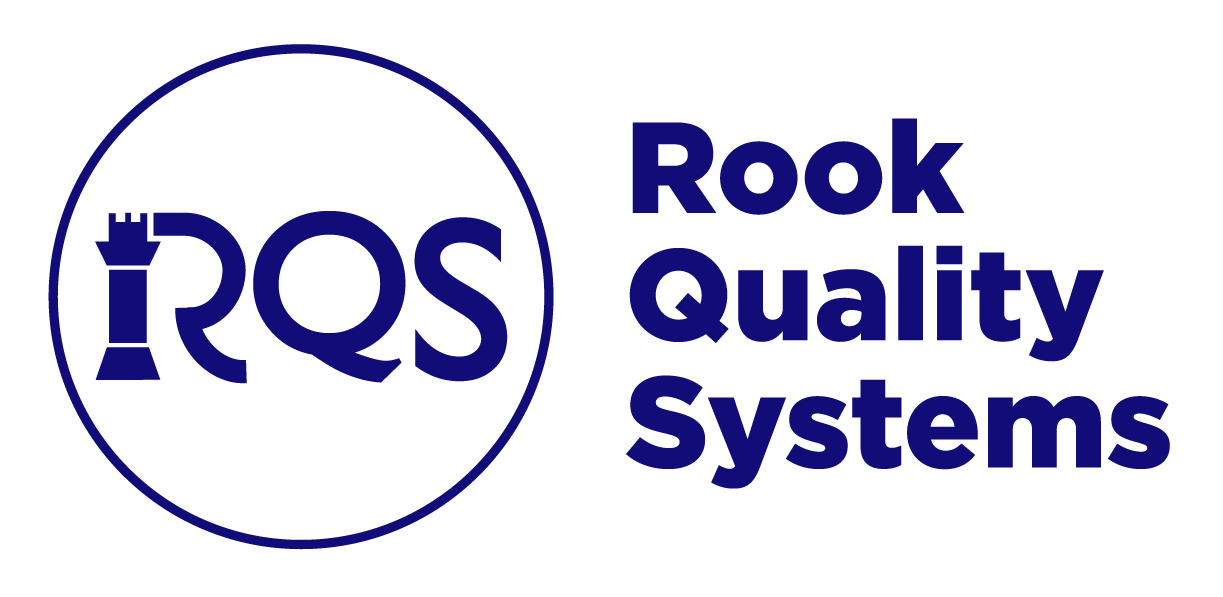Classification and Qualification of SaMD under MDR
Currently, we are witnessing a drastic regulatory shift as MDR (2017/745/EU) replaces MDD (93/42/EEC) and AIMDD (90/385/EEC), effective May 26th, 2020. As a result, some Software as a Medical Device (SaMD) companies who already have introduced devices on the market might be subject to more stringent regulatory oversight on their device going forward. Additionally, new startup SaMD companies will have to plan for the increased regulatory and quality burden in the EU.
SaMD that meets the definition of a medical device shall now be considered an active medical device (Article 2, Definition (4), of 2017/745/EU). Under Rule 12 in MDD (called the ‘fall back rule’ by industry), most SaMDs used to be classified as Class I and it was less complicated to demonstrate compliance for this category (i.e. some manufacturers can do the conformity assessment by themselves, so called ‘Self-certification’, if their Class I device are not sterile or has measuring function)(Ref 2). However, due to the added provision of Rule 11 of MDR, manufacturers will have to approach device classification process differently and some devices are now subjected to CE Mark certification issued by a Notified Body. These increased regulations and certifications must be in place by the MDR effective date of May 26th, 2020.
Due to definition changes on Medical Device in MDR, please be aware that even though the decision diagram to assist qualification of SaMD from MEDDEV 2.1/6 (July 2016) remains effective, manufacturers will have to refer to Article 2 of MDR (2017/745/EU) instead of Article 1.2a of MDD (93/42/EEC) in Step 5. Rule 11 is a special rule dedicated to SaMD, containing the following provisions.
“Software intended to provide information which is used to take decisions with diagnosis or therapeutic purposes is classified as class IIa, except if such decisions have an impact that may cause:
– Death or an irreversible deterioration of a person’s state of health, in which case it is in class III; or
– Serious deterioration of a person’s state of health or a surgical intervention, in which case it is classified as class IIb.
Software intended to monitor physiological processes is classified as class IIa, except if it is intended for monitoring of vital physiological parameters, where the nature of variations of those parameters is such that it could result in immediate danger to the patient, in which case it is classified as class IIb.
All other software are classified as class I.”
There are a few points we would like to clarify:
-
‘Information’ is data brought into content for a specific meaning and only in this case to be used in diagnosis (Ref 1). Please refer to MEDDEV 2.1/6 (July 2016) for clarification.
-
To determine the risk classification, you could reference the examples in IMDRF/SaMD N12. Essentially, this is where many regulatory bodies in the world (FDA included) refer to as a standardized approach to classify SaMD. In short, N12 provides criteria to categorize SaMD based on the combination of the significance of the information provided by the SaMD to the healthcare decision and the healthcare situation or condition associated with SaMD.
-
In other cases, where a SaMD may breakdown to a number of applications and some modules might have medical purposes where other might not, please refer to MEDDEV 2.1/6 (July 2016). The boundaries of the modules which are subject to the regulatory oversight should be clearly identified by the manufacturer based on the intended use.
Here is an overview of the additional steps required for a Class IIa or above device before placing the product on the market:
-
Establish QMS under ISO 13485:2016 and conformance to IEC 62304 process
-
Establish risk management process (MDR Annex I)
-
Establish clinical evaluation to demonstrate valid clinical association between the output of a SaMD and the targeted clinical condition (IMDRF/SaMD N41)
-
Build technical documentation (MDR Annex II and III)
-
Establish post-market Surveillance system (MDR Article 83)
-
Take UDI requirements into account (MDR Article 27, 29, 31)
-
Complete Notified Body audits for CE Mark certification
The Rook QS team has extensive practical experience with CE Mark and SaMD regulations, and we are ready to help your team navigate through the fast-changing SaMD landscape.
Reference:
-
T. Schreiegg, ‘Is the MDR Rule 10a really wrong?”, 2016, retrieved from: https://www.linkedin.com/pulse/mdr-rule10a-really-wrong-tobias-schreiegg/
-
Wellkang CE Marking Consulting Service, Class I Medical Device, retrieved from: http://www.ce-marking.com/medical-devices-class-i.html#classIflowchart
About the Author

Andrew Wu, Software Consultant at Rook Quality Systems.
“Working at the intersection of project and quality management, I believe better practice in software development and computer system validation can greatly benefit companies who are trying to put their novel medical technology in the hands of providers or patients”.
#FDA #SaMD #SDLC #EUMDR #Rule11 #SaMDClassification #SaMDqualification
